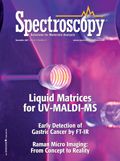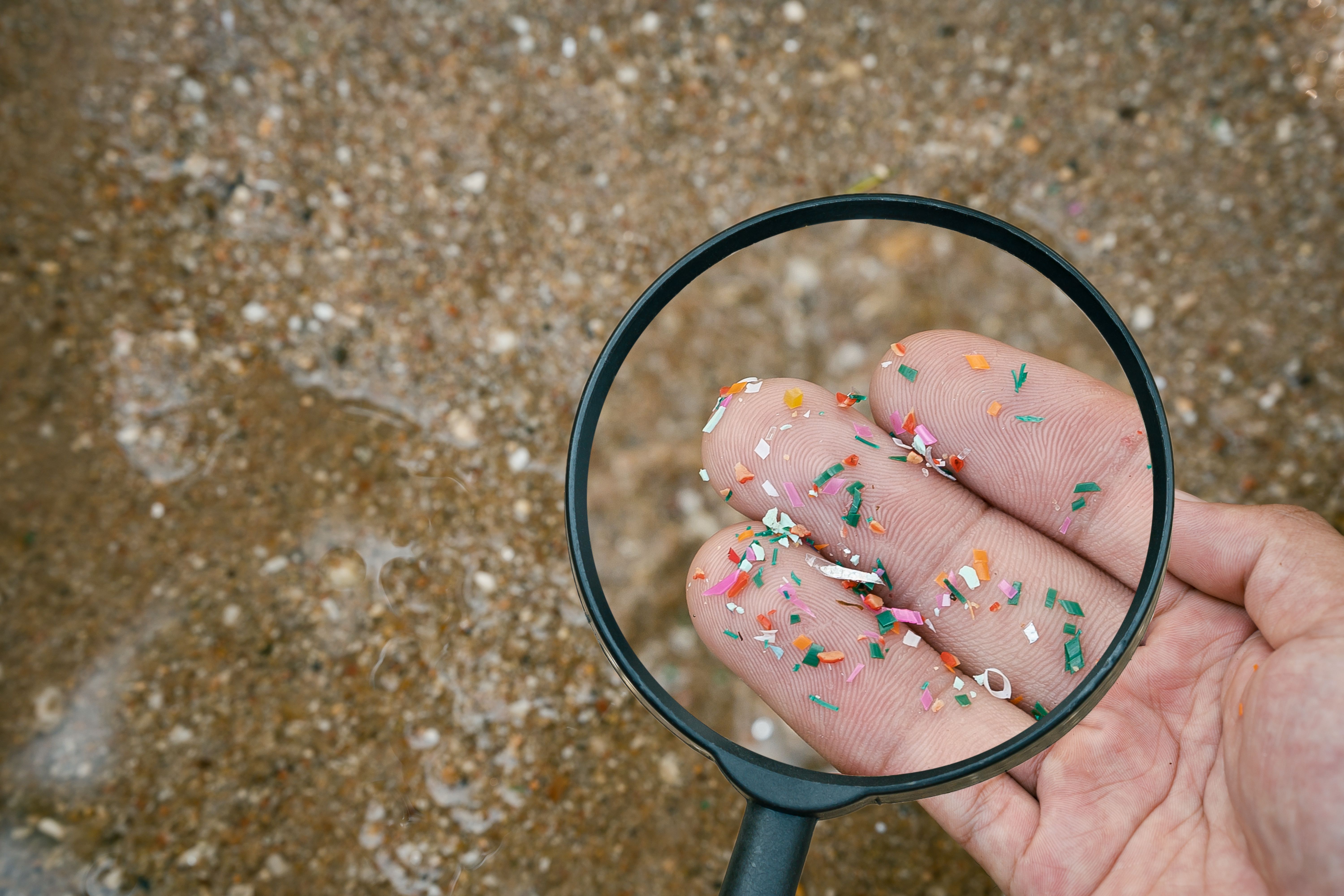Article
Spectroscopy
Spectroscopy
Market Profile: Fluorescence Microscopy
Although overshadowed by other technologies, demand for fluorescence microscopy is already strong and is growing rapidly. The technology is proving to be very useful for specific life science applications.
Although overshadowed by other technologies, demand for fluorescence microscopy is already strong and is growing rapidly. The technology is proving to be very useful for specific life science applications.
Confocal microscopy is one of the standard tools of the traditional laboratory. Although the addition of visual imaging systems on top of the manual microscope added an additional capability, the integration of fluorescence imaging into such instruments provides a very informative secondary dimension. The technique not only provides an image of the relative distribution and concentrations of fluorescent compounds within a specimen, but also can provide spectral data on each point in the image. A fluorescence microscopy or imaging system can also be tuned to display only a specific protein, or the relative concentrations of a certain protein or compound can be profiled. Often, fluorescent compounds or "tags" are added to the specimen to provide the needed contrast, which may not be observable the in the visual spectrum.

Fluorescence microscopy demand by industry
The applications of fluorescent imaging are centered on biological research, such as neuroscience and cell biology. The technique offers the ability to image and analyze living cells, which often can provide invaluable information. Stem cell research is a particularly hot area of growth.
The worldwide market for fluorescence microscopy was worth well over $100 million in 2006. Demand will continue to grow at well over 10% annually due to the steady stream of new instruments that have continued to be introduced.
The foregoing data were based on SDi's market analysis and perspectives report entitled Edition Global Assessment Report, 9th Edition: The Laboratory Life Science and Analytical Instrument Industry, September 2006. For more information, contact Stuart Press, Senior Consultant, Strategic Directions International, Inc., 6242 Westchester Parkway, Suite 100, Los Angeles, CA 90045, (310) 641-4982, fax: (310) 641-8851, www.strategic-directions.com.

Newsletter
Get essential updates on the latest spectroscopy technologies, regulatory standards, and best practices—subscribe today to Spectroscopy.





